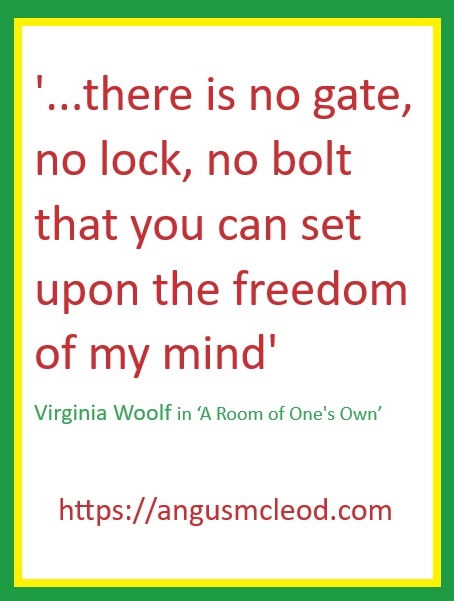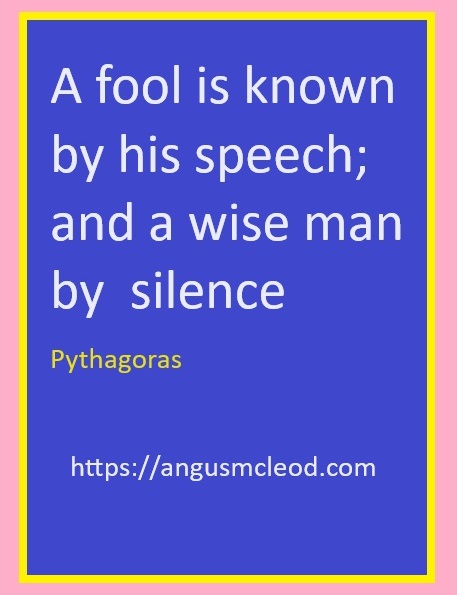These are quick and easy communications. They are sent within texting platforms, to help stakeholders, at all levels, know that you are still there and investing effort in them; not just asking (pressuring) them for something. This is an often overlooked aspect of leadership communication and effective with LOW effort!
Mitigate misunderstandings and improve mutual trust
Stakeholders can be prospect-customers, customers, your staff-members, peers, senior-staff and key supply-chain folks. Work is busy and some of them may be neglected by us, unless we use a CRM[1] with timed actions that we set-up. Light-touches are not heavy on your time, or theirs! The majority of timed actions, emails, calls and meetings are heavy on our management time and often are unnecessary. How do we know what is necessary to maintain great working relationships and where needed, meet our due diligence requirements for standards?
The answer to that, as with all and every single stakeholder, is to ask about their preferences in an upcoming conversation. These conversations may reduce the frequency of actual meetings and or the length of these meetings, saving us time to invest elsewhere. The conversations can help you to hone your messaging to meet their needs ensuring that there is openness and agreement; none of your contacts will feel neglected or over-pressured (by your executive action without agreeing with them what is best for effective co-working). Examples:
- ‘When reaching out to you, what is your ideal channel for that and how frequently?’
- ‘When I share information, am I getting the subjects/content about right or can I amend to suit you better?’
Organizing actions into distribution lists
You may end up with sixty or more of these ‘light touch contacts’ on your list of stakeholders. You can arrange them into lists, with timed actions for your reach-outs. The advantage of texts, Whatsapp included, is that you can produce quick distributions that fly-out individually to numerous people at the same moment. When you have time, you may revisit those messages and add another message, tailored for some of the contacts only:
- ‘We’ve not connected directly for a while. Let me know if you do not want these messages or if a quick call would be useful?’
This same message may go out to just some of the contacts you just mailed out to. Quick copy and paste and the job of maintaining contact and stimulating response is done.
Another example is the sending out of quotations (below), but the action could be a timely up-date of useful information. In the case of these quotations, I send these out at three weekly intervals. Mine are mostly in text distribution lists that send out individual messages. Two quotation examples look like this:


One quotation will go out and some recipients will get a follow-up message too, inviting feedback. Here are three examples of my follow-up messages:
- ‘Hi Mark, do you wish to continue getting these quotes; no problem either way!’
- ‘Want to meet virtually in the coming weeks? I have spaces for you!’
- ‘How are you doing?’
The feedback I receive back may result in another meeting, it may be a short message thanking and asking about my news, or it could be a request for information etcetera.
Conclusion
Light Touches keep us noticed. If we are brave enough to find out what our stakeholder preferences are, we can reduce the total time commitment that we spend on communication efforts. In some cases, an individual may need more time from you, but the investment will be fruitful, especially if reviewed to amend and meet their needs (while meeting your own needs or those that meet your business’ due diligence needs).
[1] Contact/Customer Relationship Management software.
See free videos at my YouTube channel!
We will send you a new link but not more than six each year. Your details are safe. Posts include 'Human at Work' tricks and tips.




